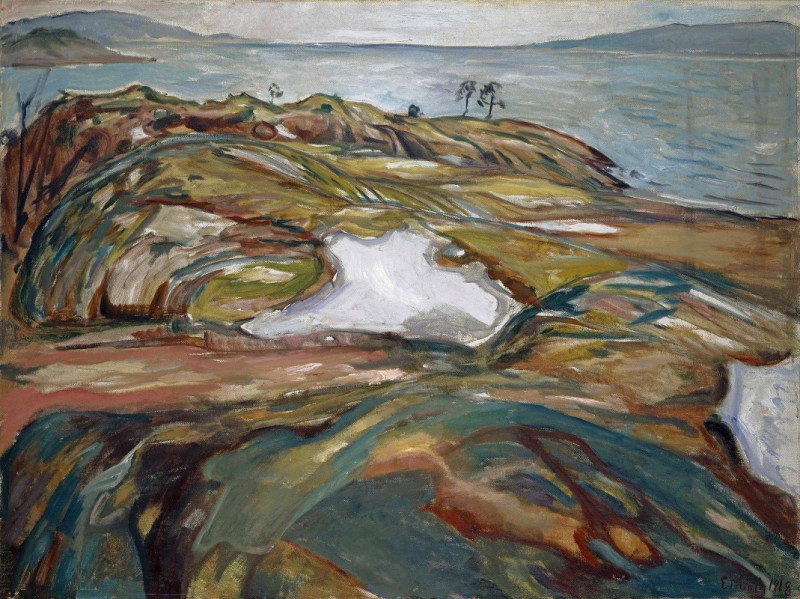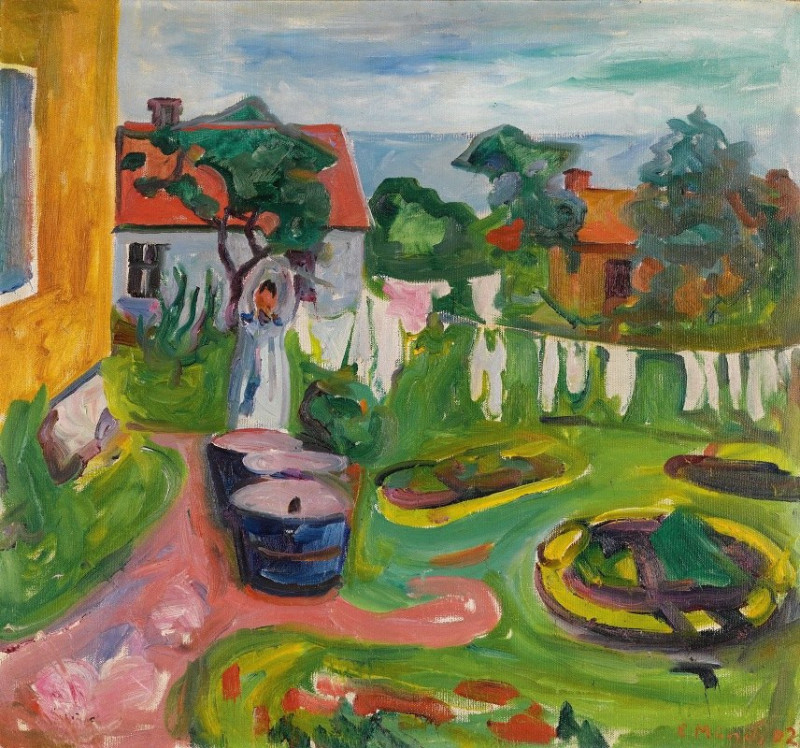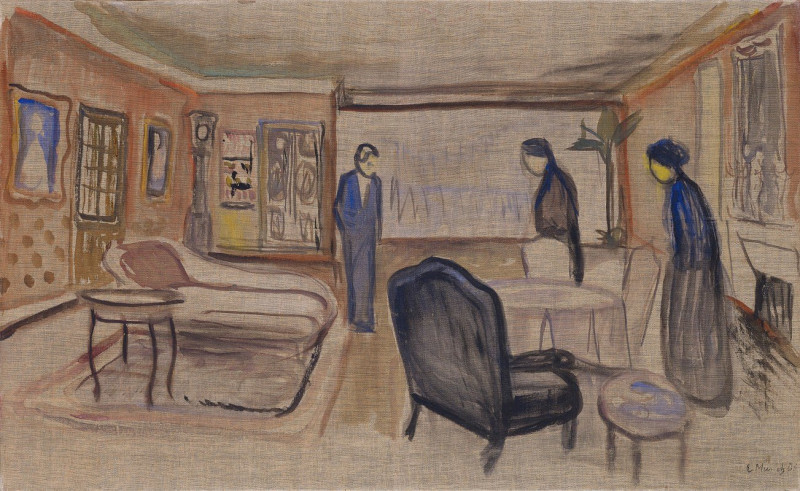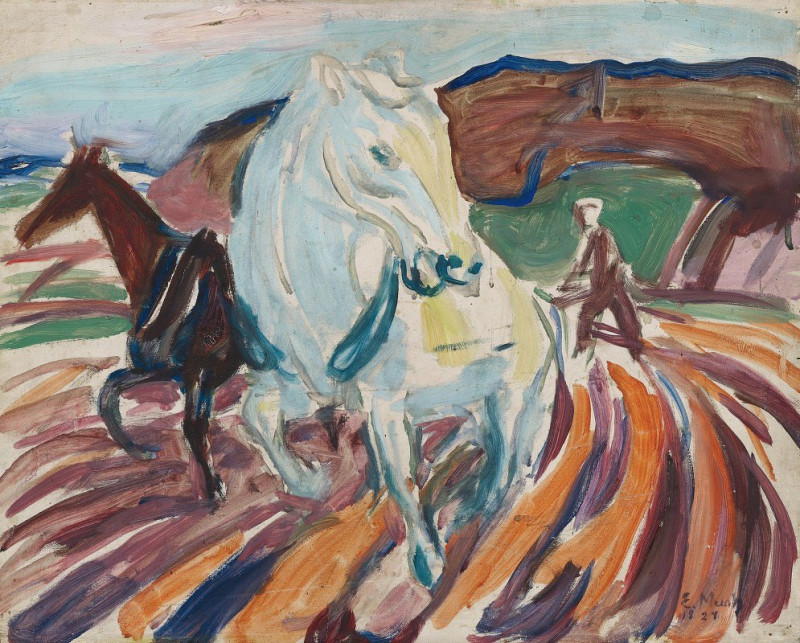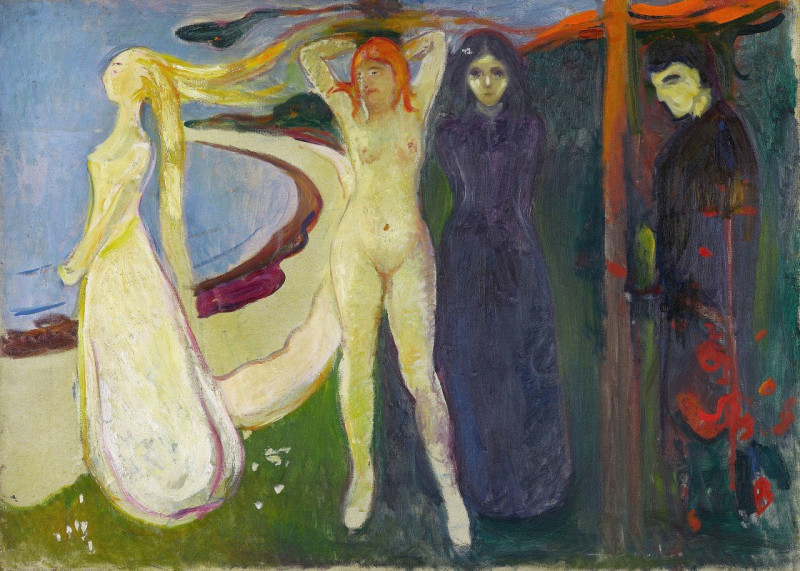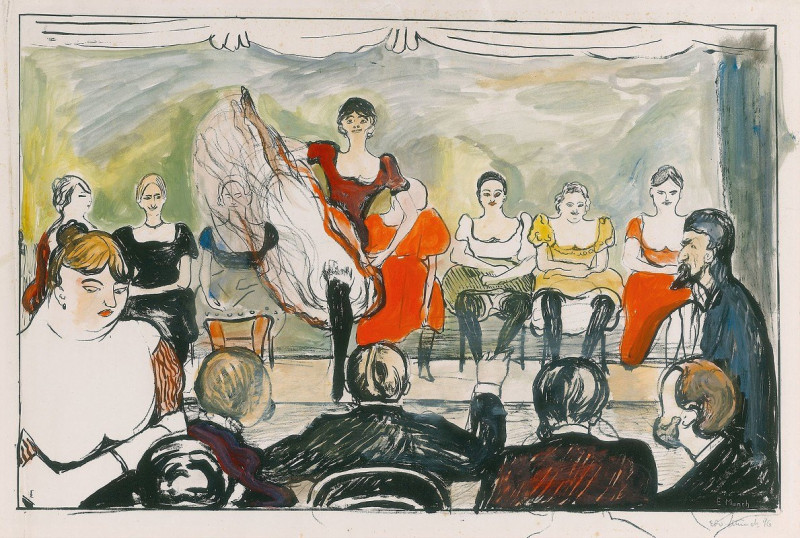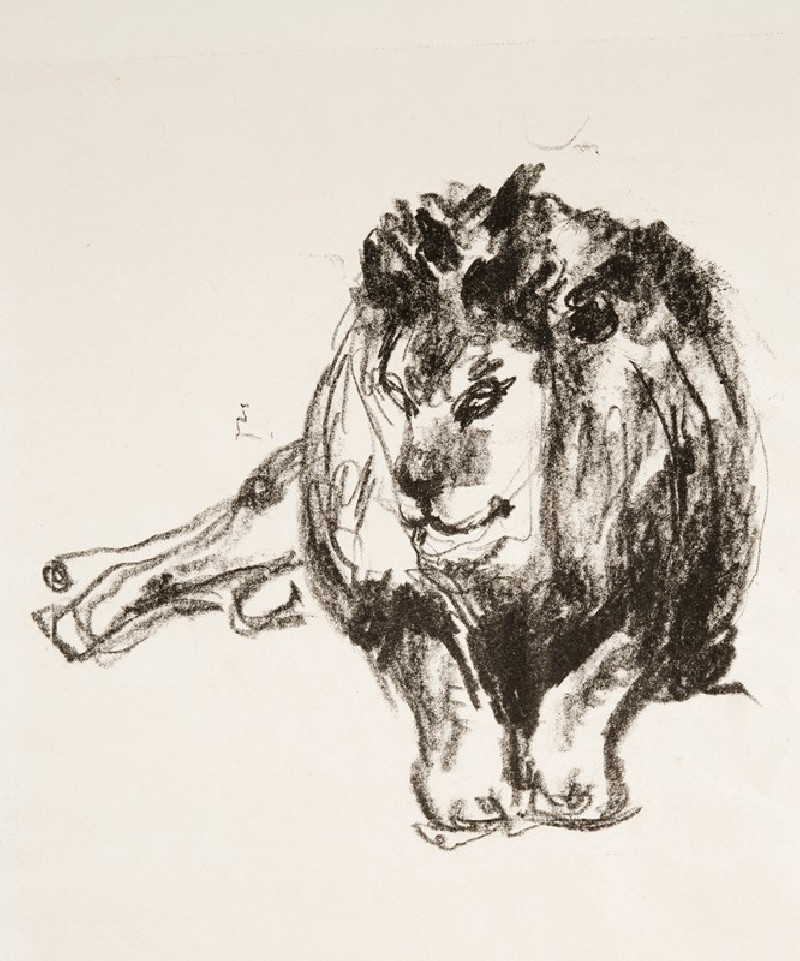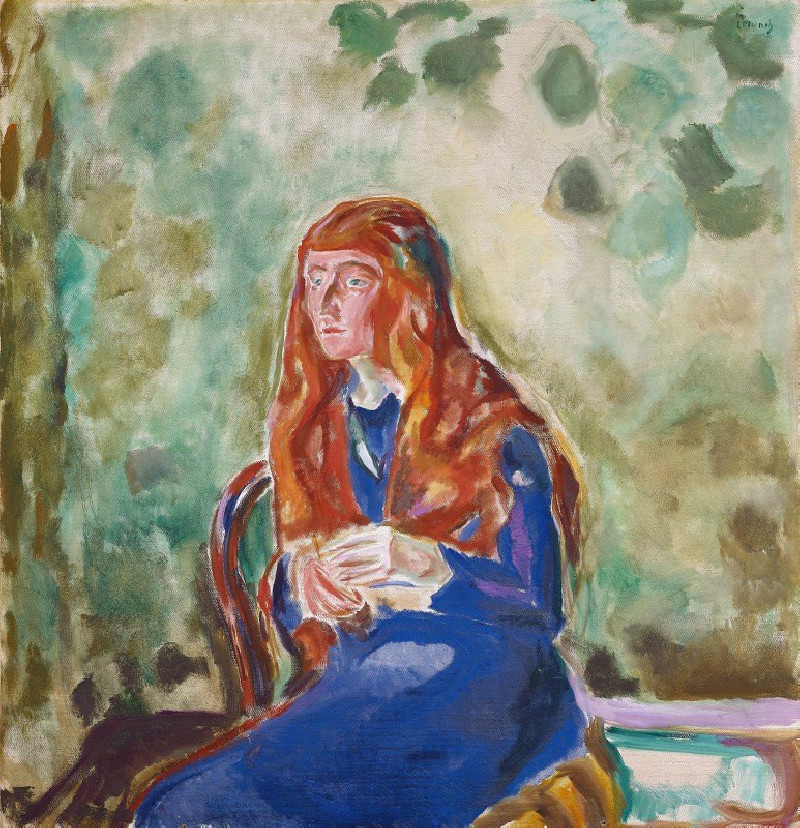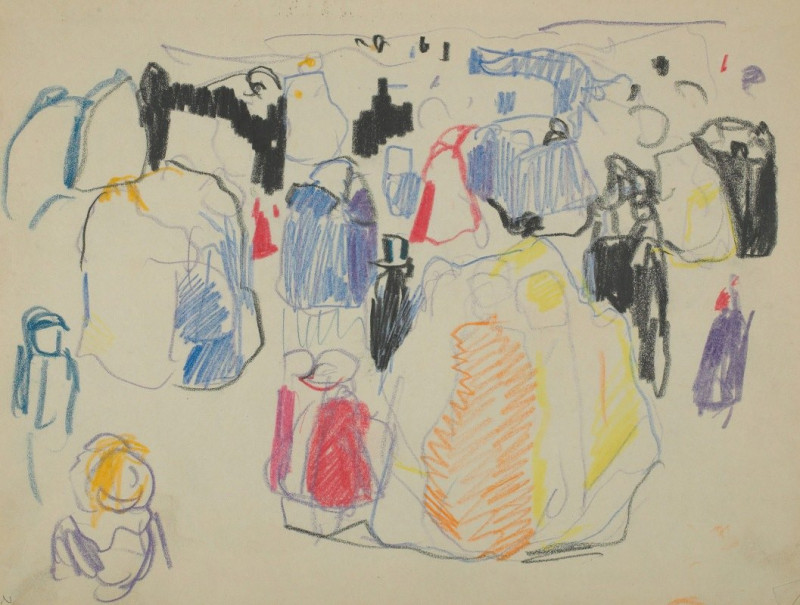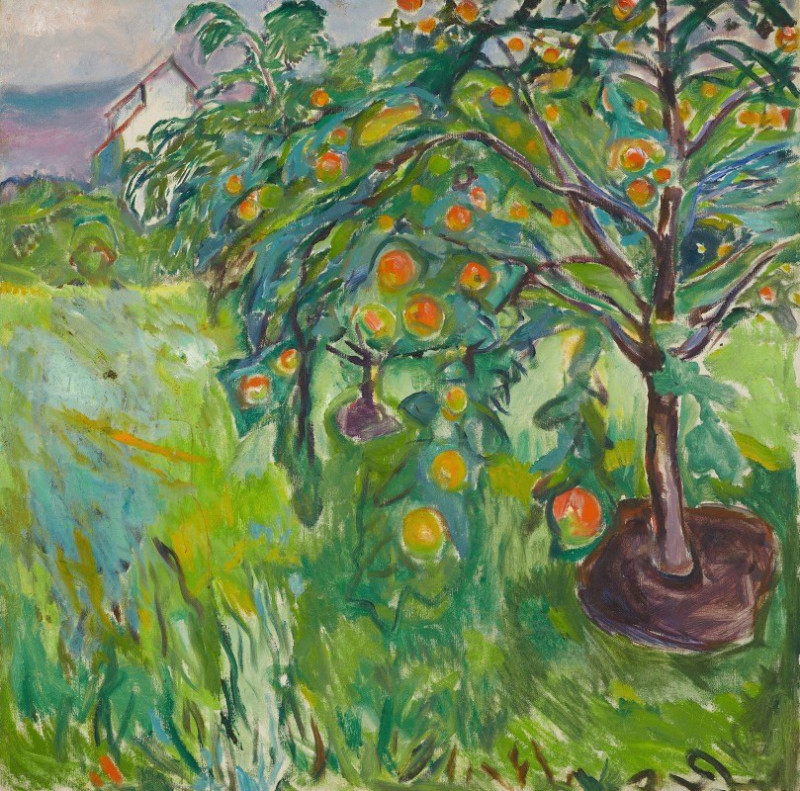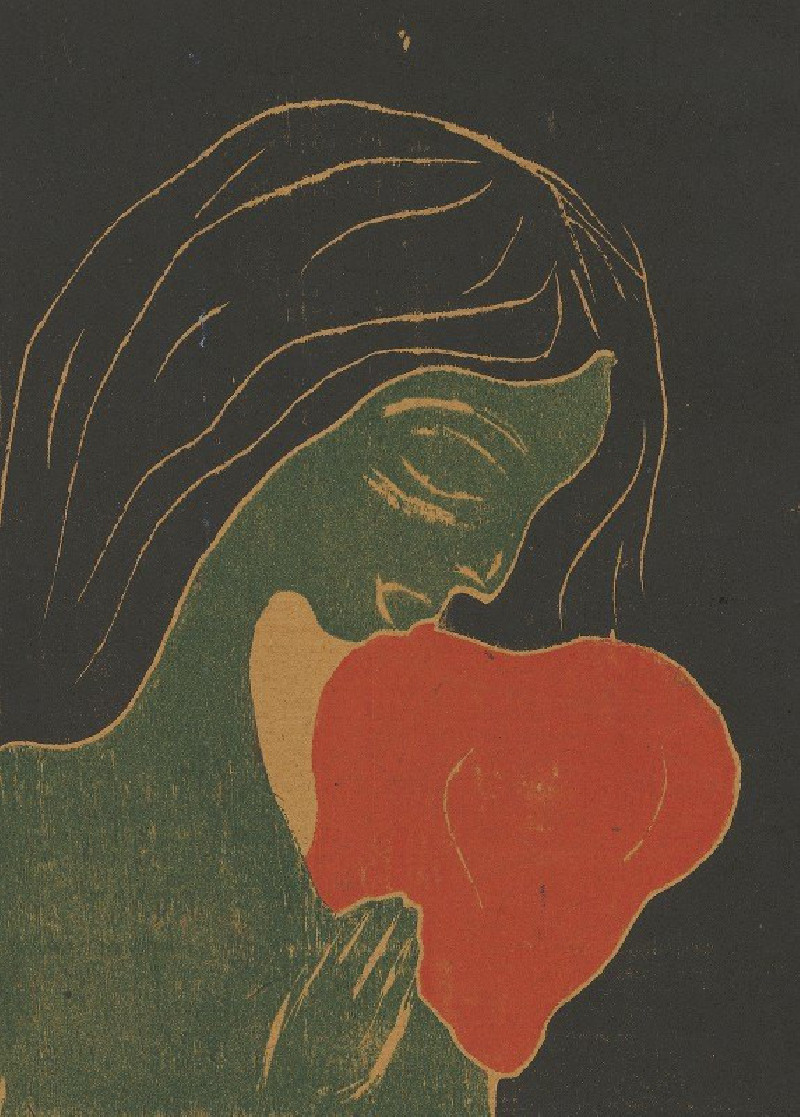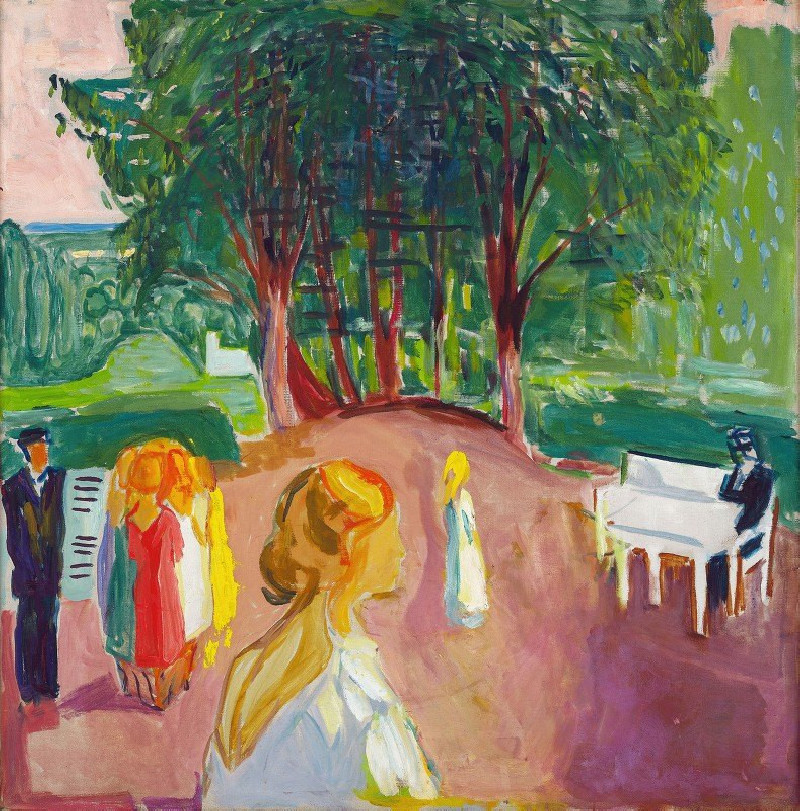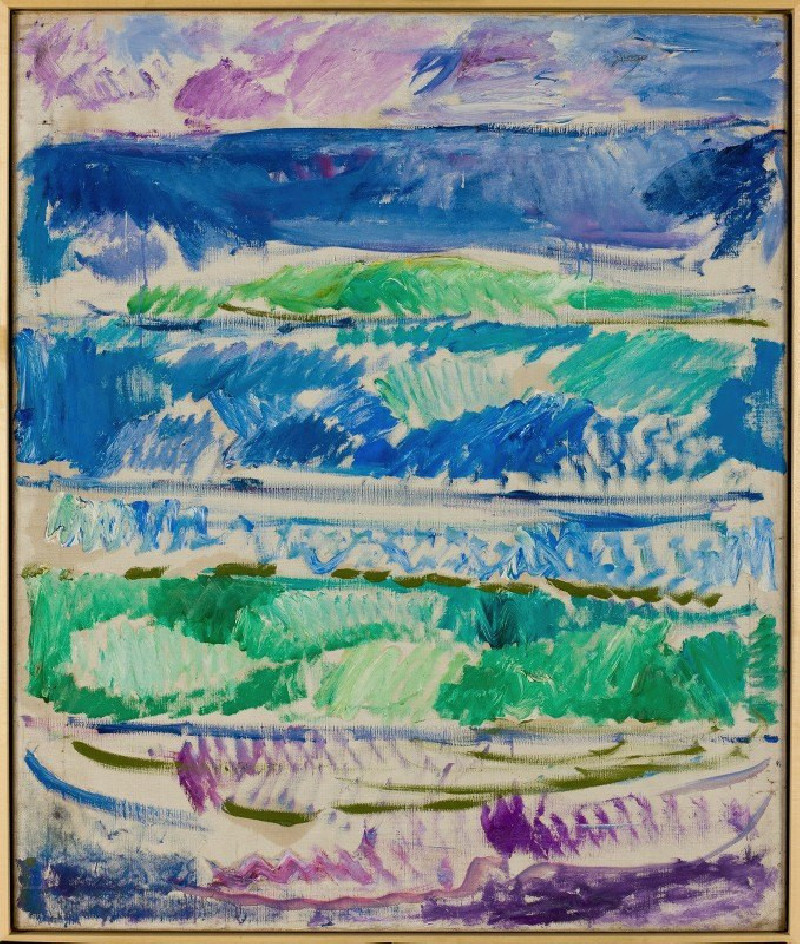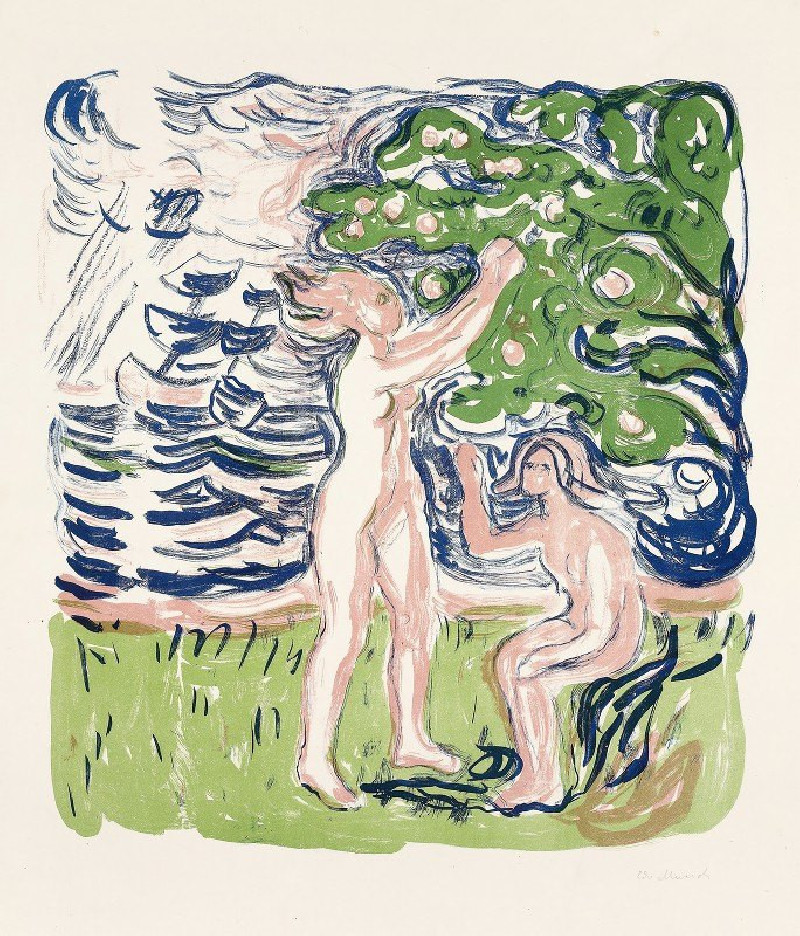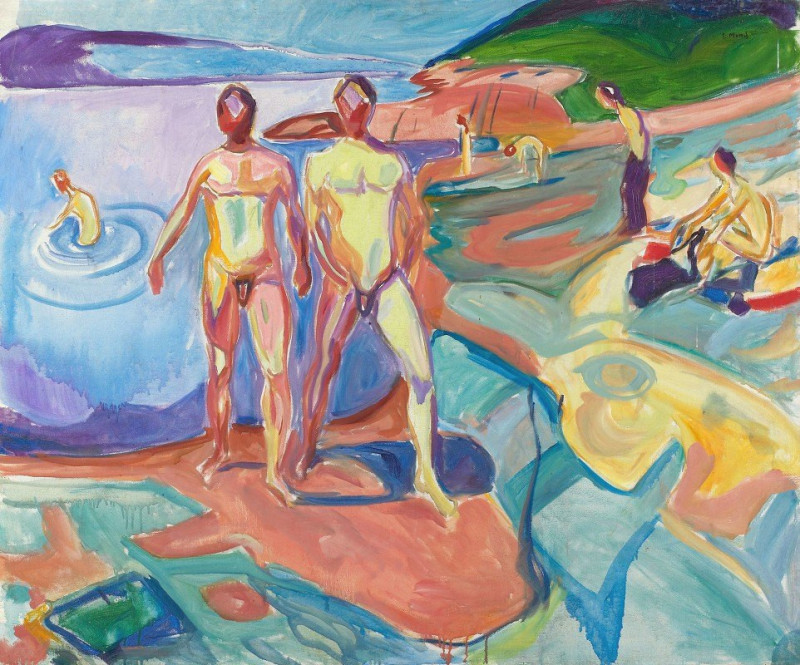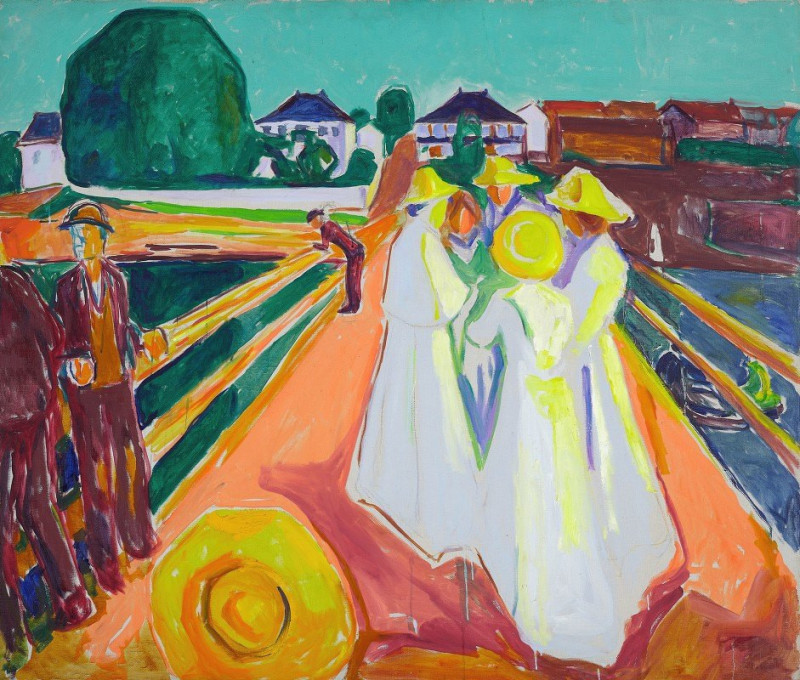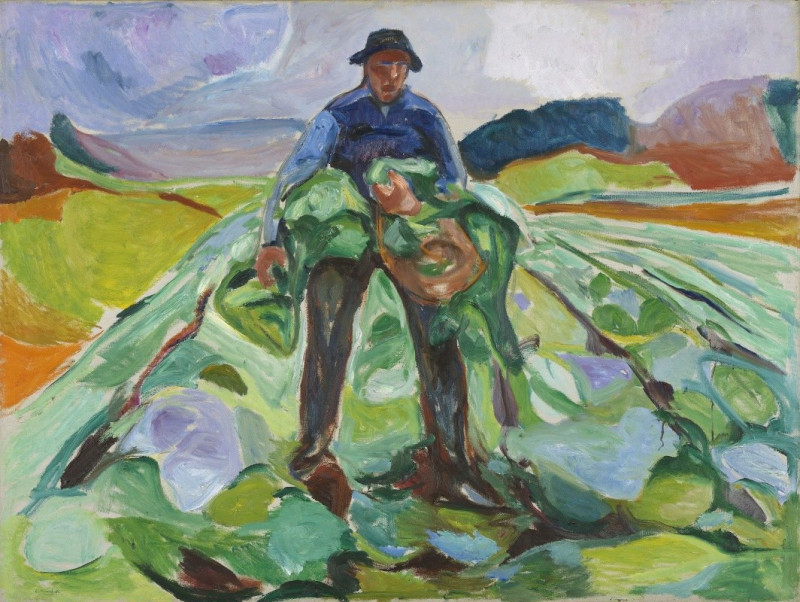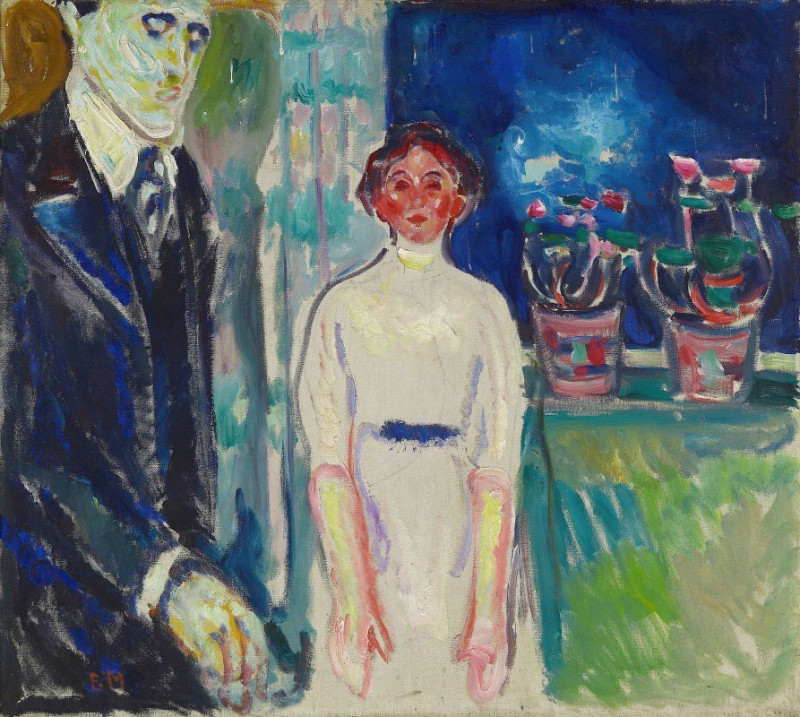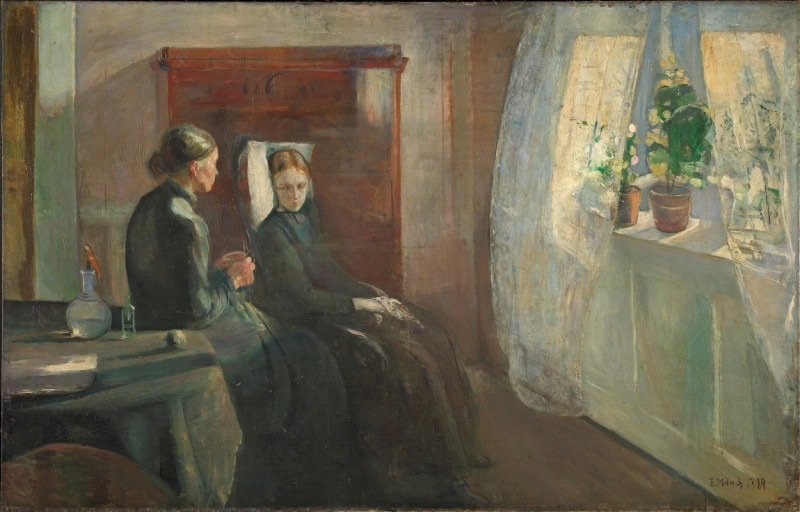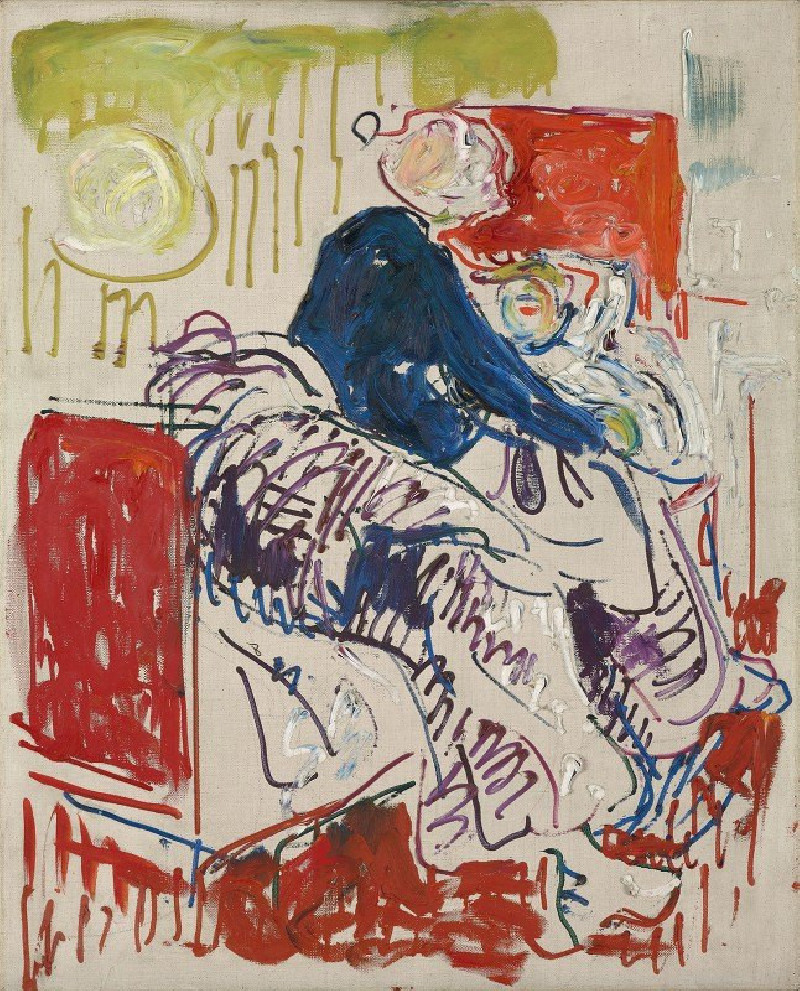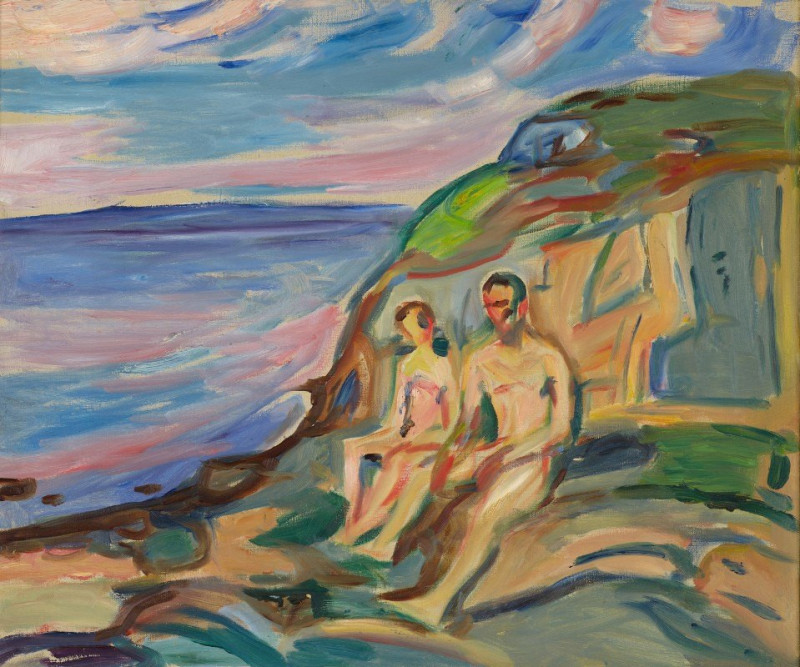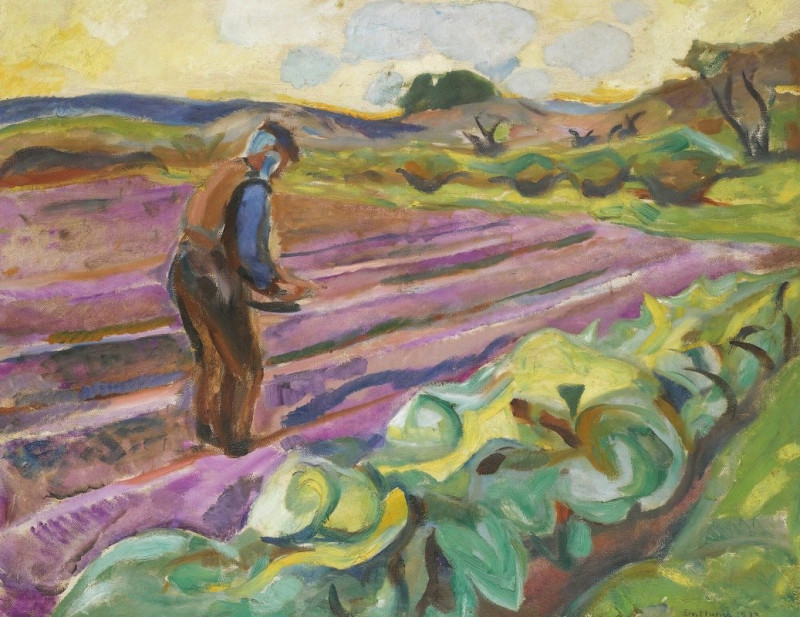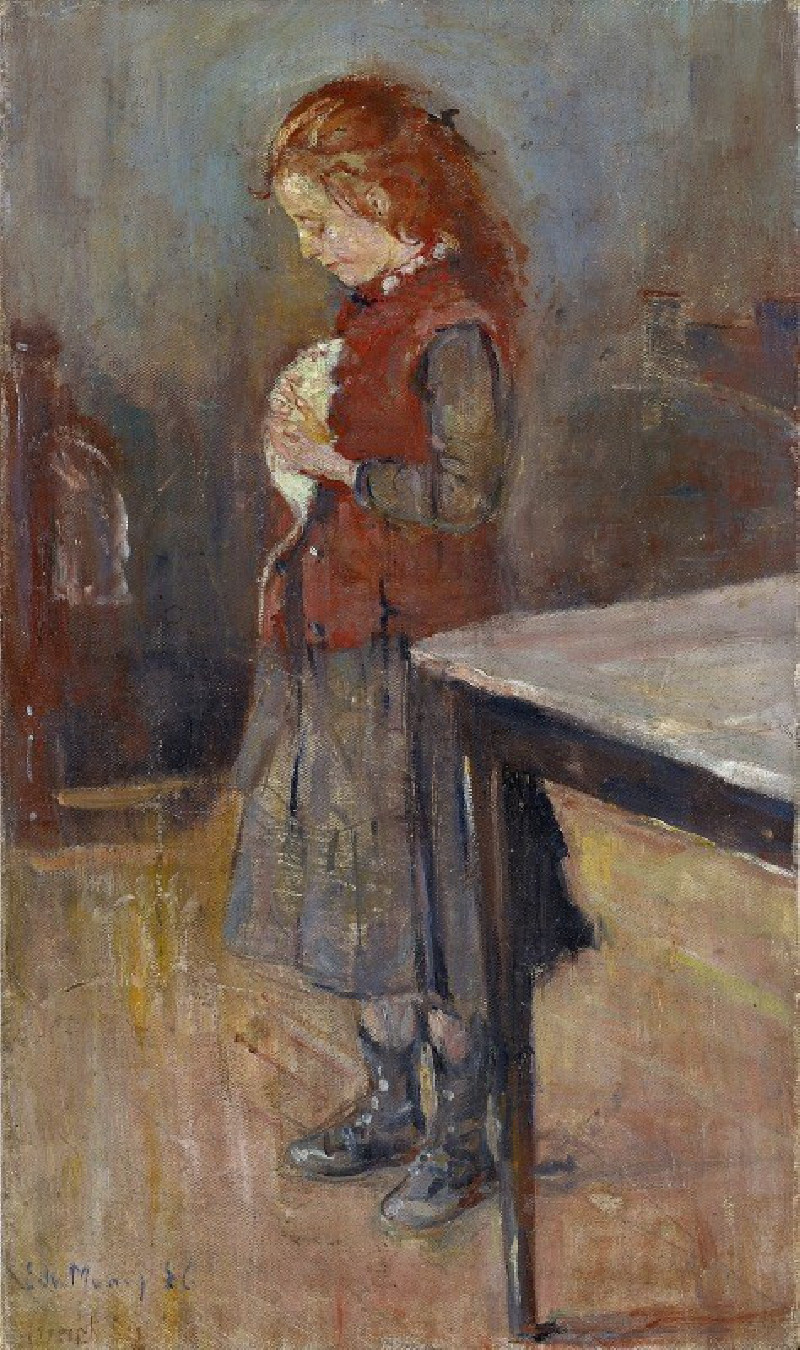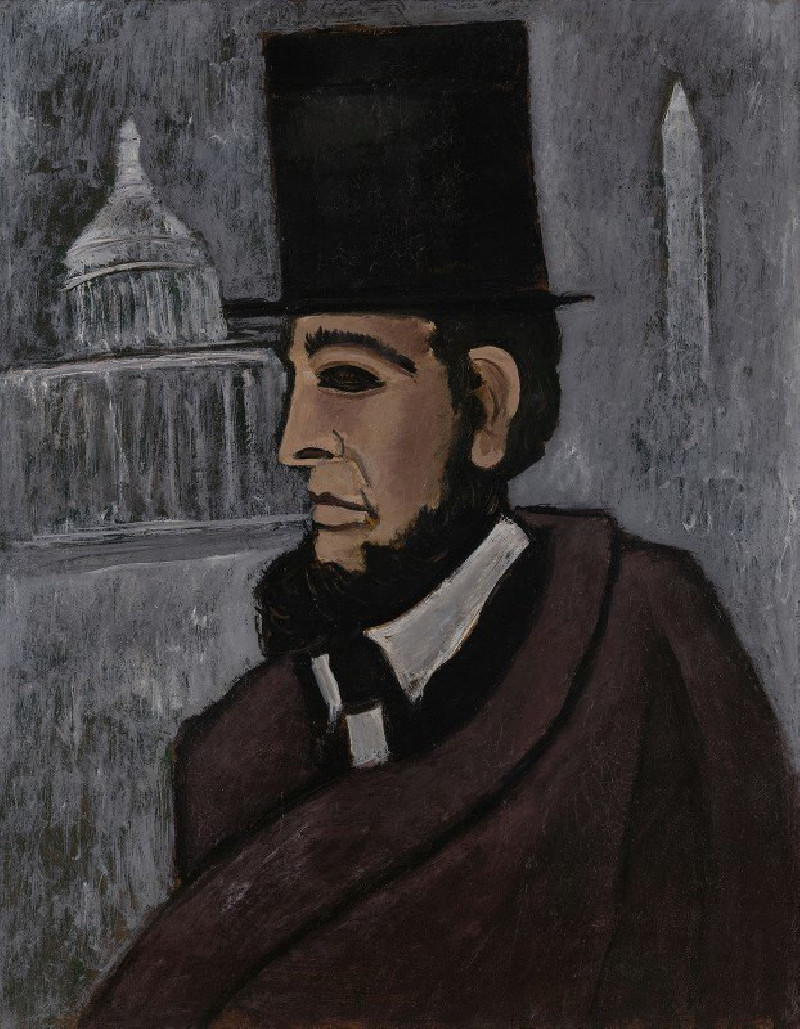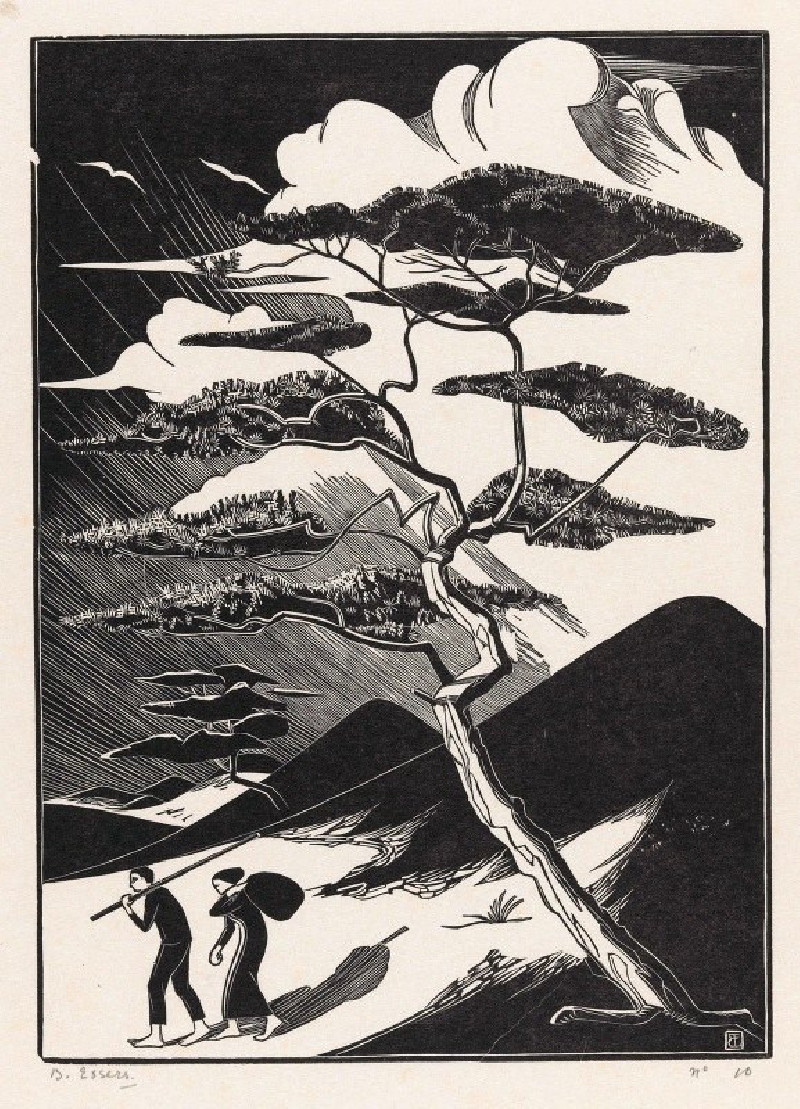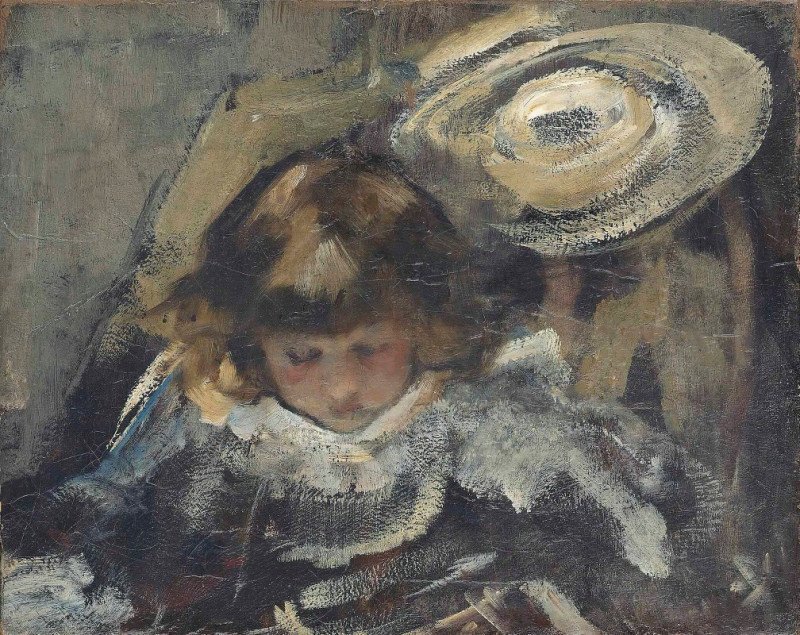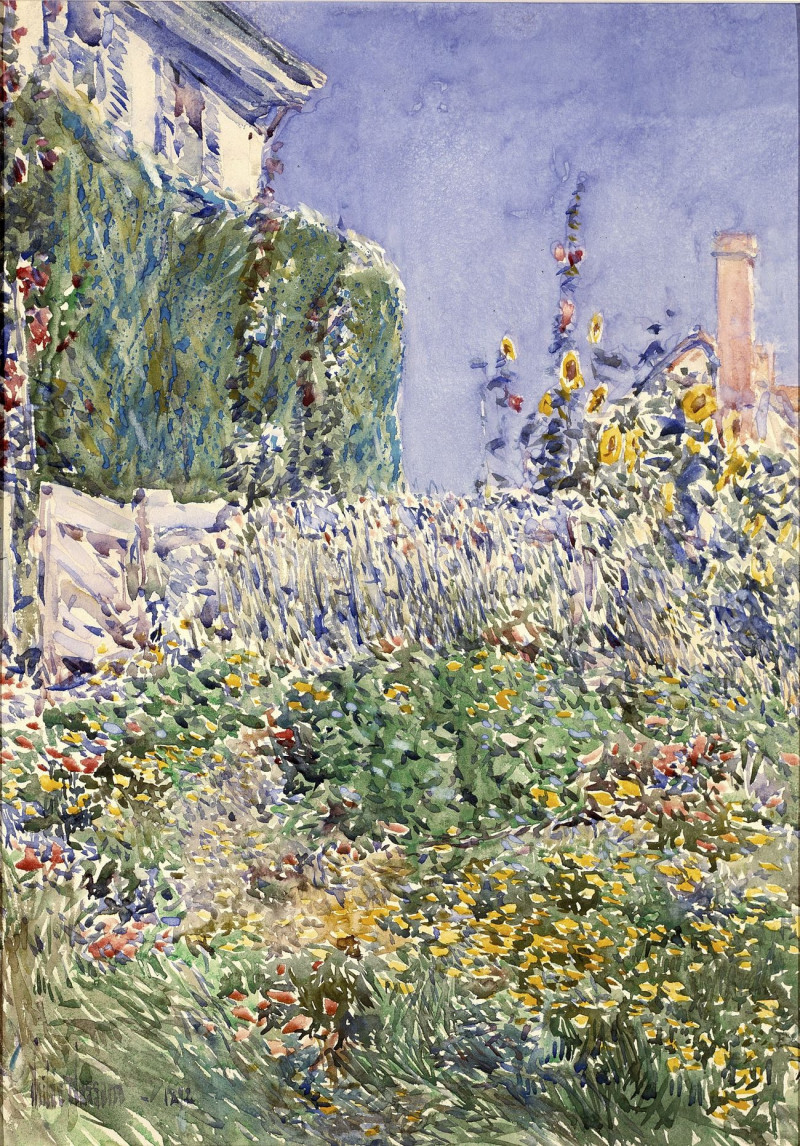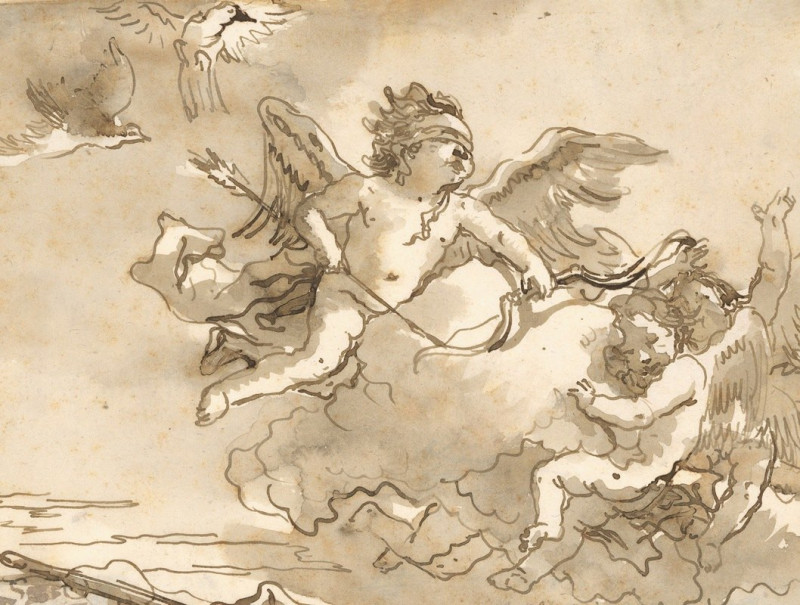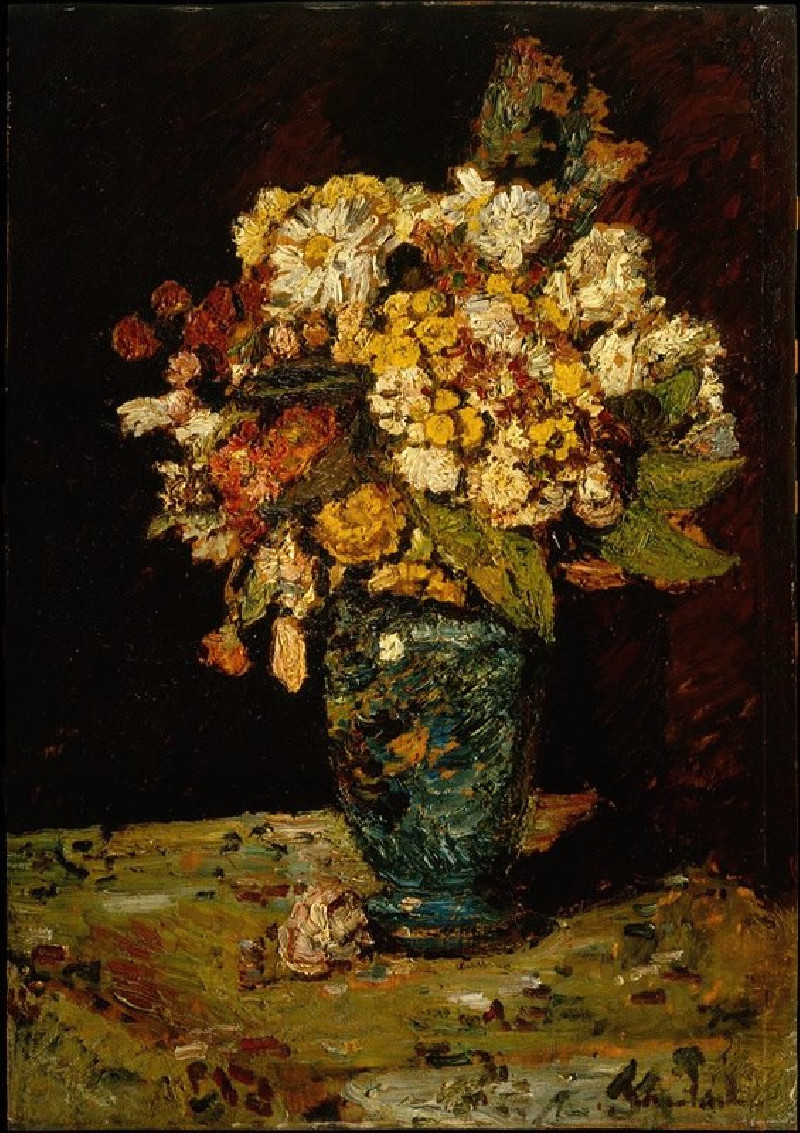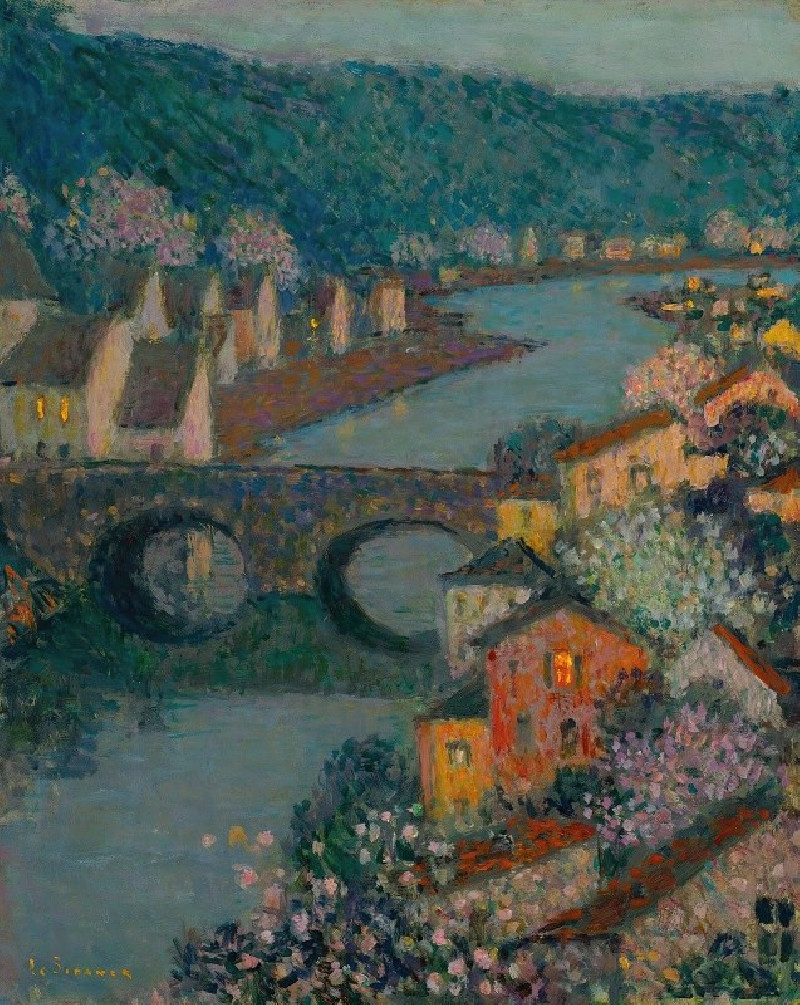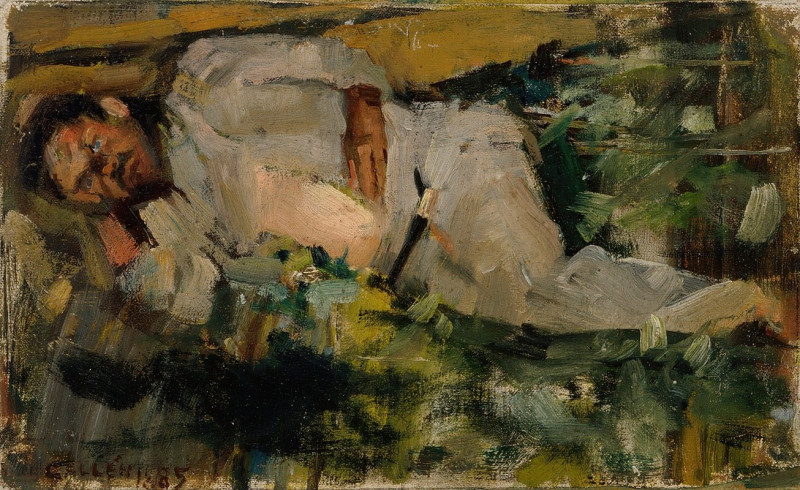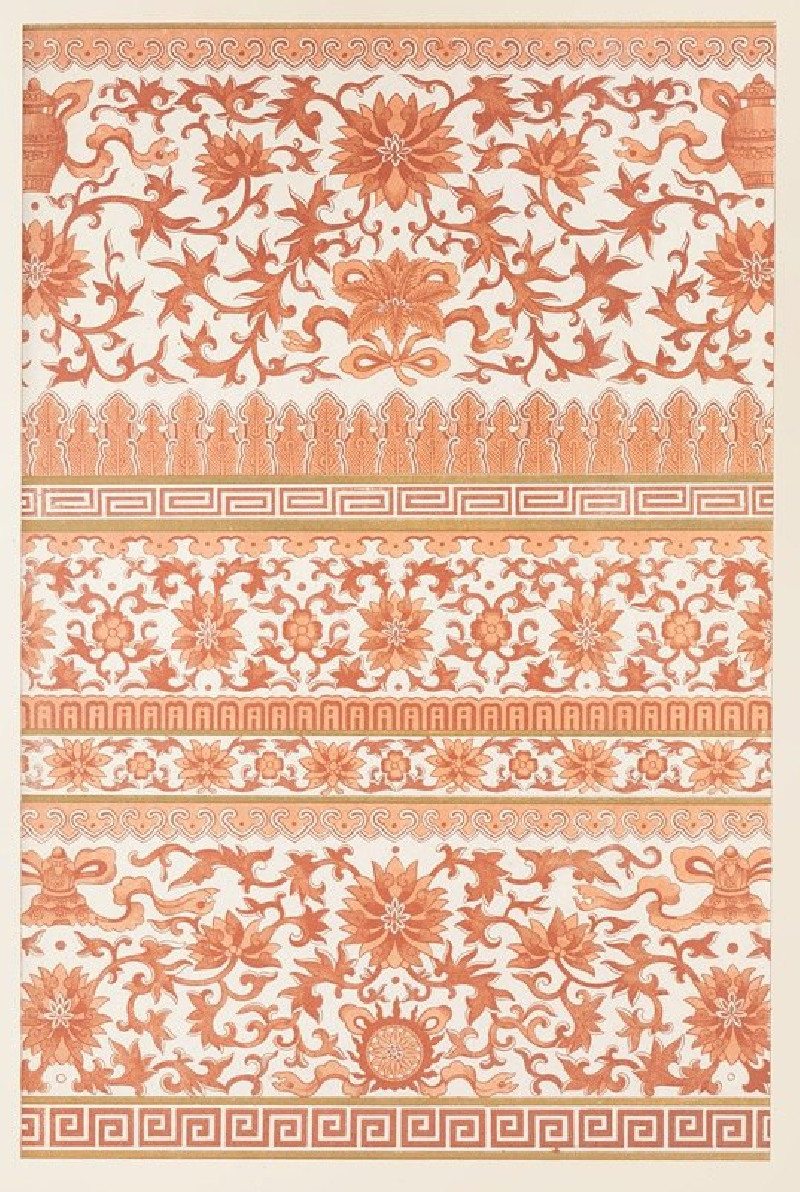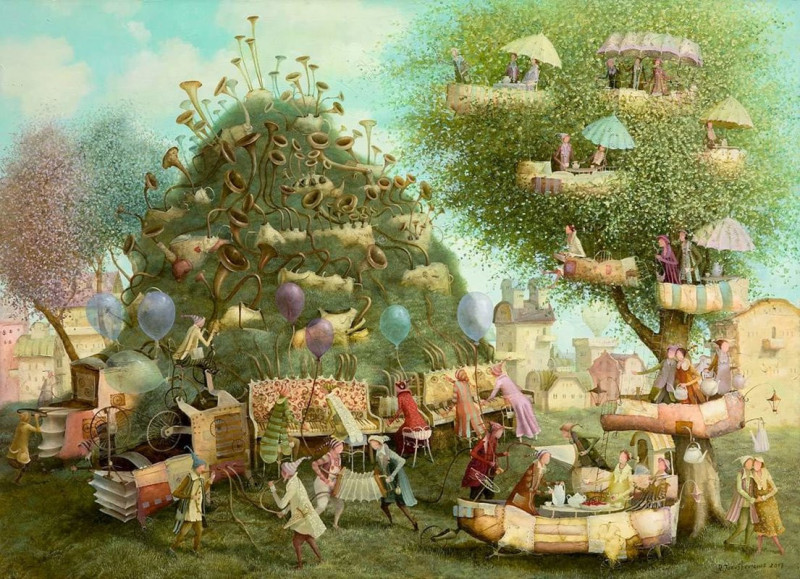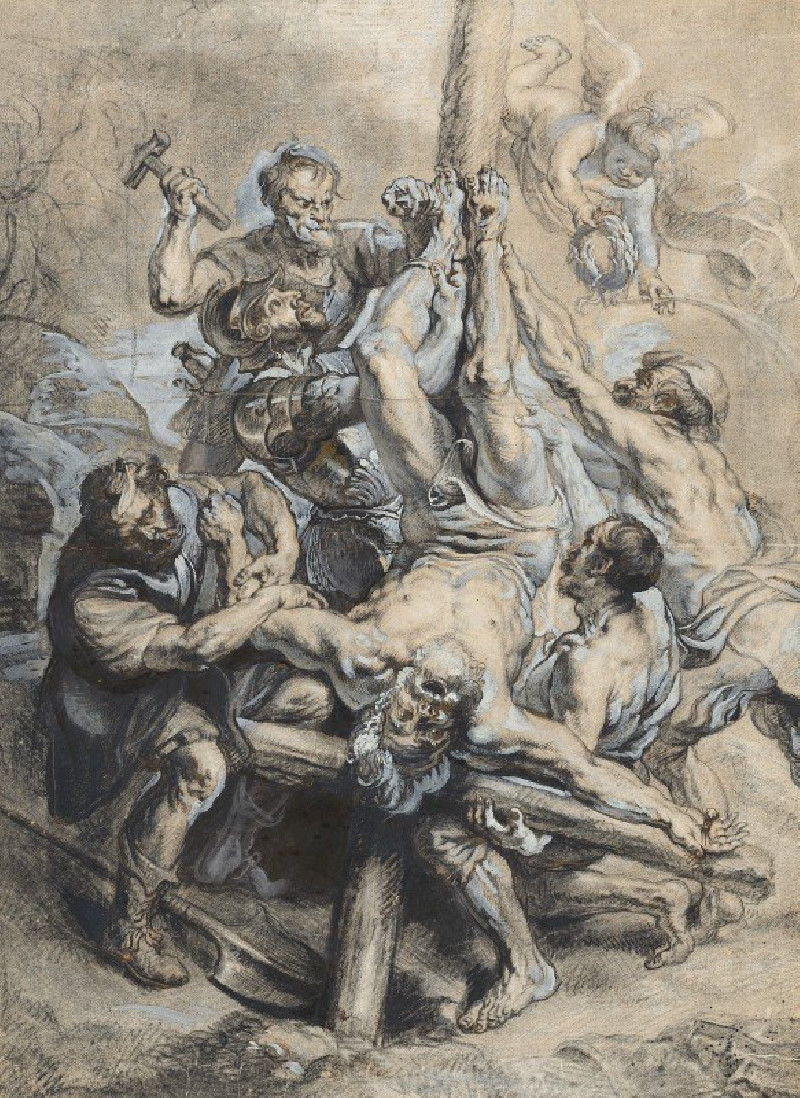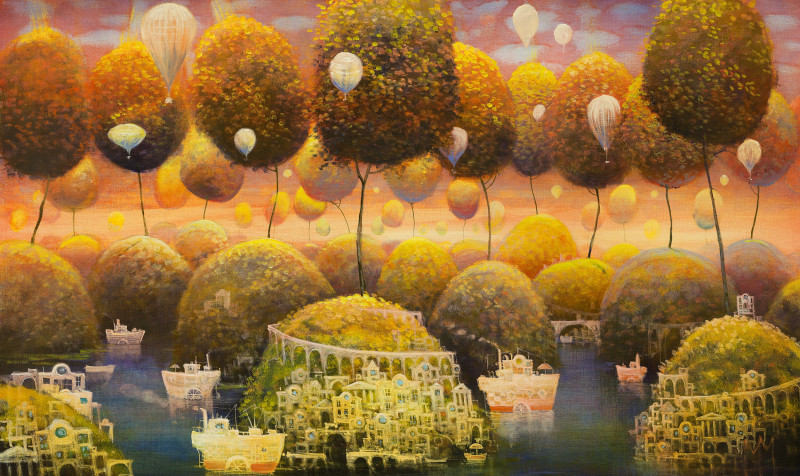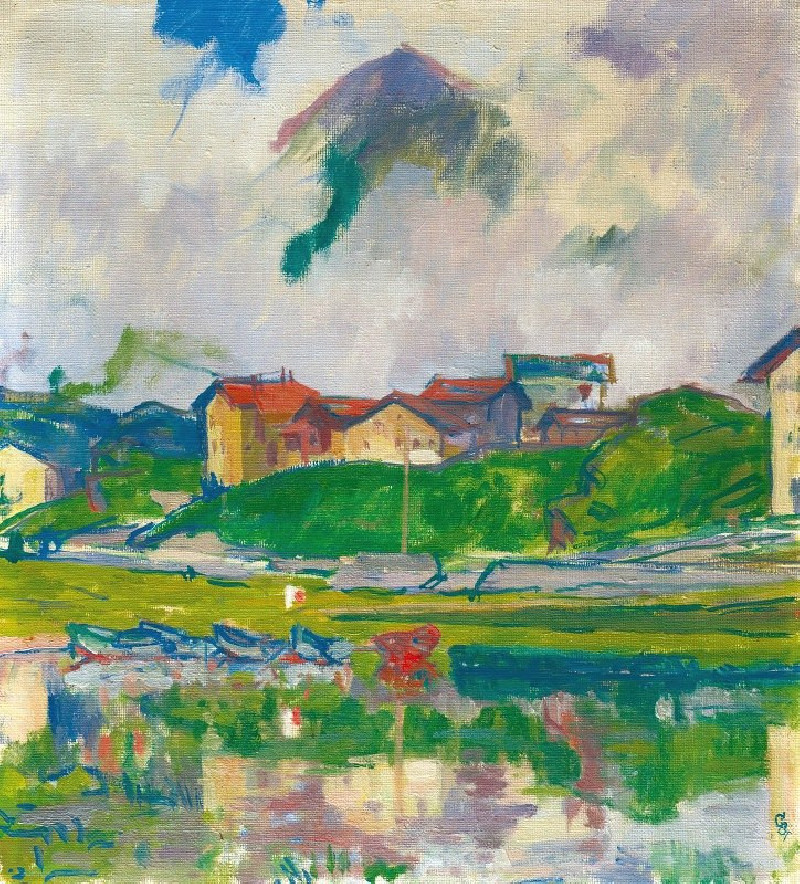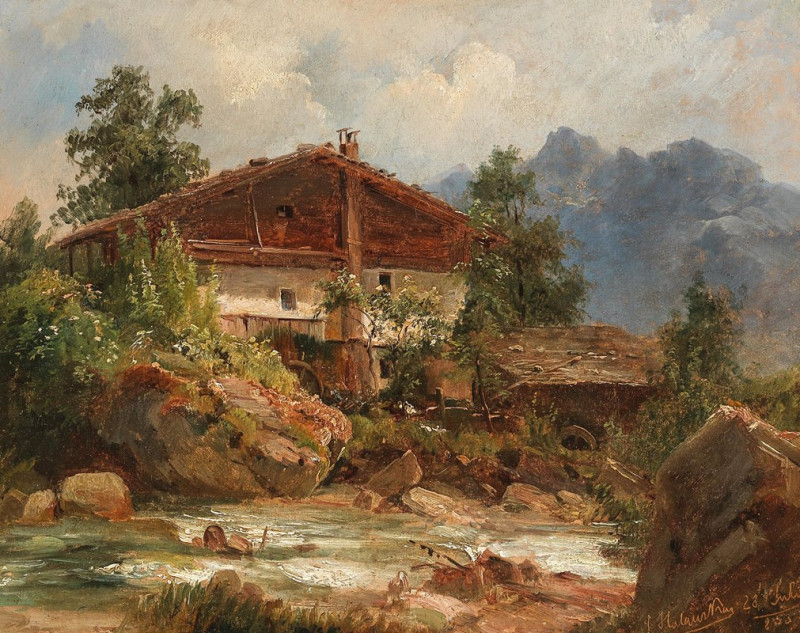Coastal Landscape (1918)
Technique: Giclée quality print
Recommended by our customers
More about this artwork
The painting "Coastal Landscape" (1918) by Edvard Munch depicts a rugged, natural seaside setting. It portrays a dynamic and slightly abstracted view of the coast, using a palette of browns, greens, blues, and whites. The composition's sweeping lines suggest movement, possibly the winding nature of the coast or the shifting shapes of the hills and valleys.Foreground details include a distinctive patch of what appears to be snow or sand, emphasizing the natural diversity and possibly changing seasons or temperatures of the landscape. The middle ground transitions into grass-covered hills which curve and fold into each other, leading the eye beyond to a serene horizon line. This is met by a calm sea and a hazy sky, subtly divided by the distant coastline.Munch’s use of rough brushstrokes adds texture to the landscape, creating an impression of a blustery, possibly brisk environment. There are sparse trees on one of the hills, indicating a somewhat barren locale, exposed to elements typical of coastal regions.Overall, the painting evokes a sense of solitude and the rugged beauty of a natural coastal terrain, masterfully capturing the mood with both color and form, a hallmark of Munch’s expressive style.
Delivery
Returns
Edvard Munch (12 December 1863 – 23 January 1944) was a Norwegian painter. His best known work, The Scream (1893), has become one of Western art's most iconic images.
His childhood was overshadowed by illness, bereavement and the dread of inheriting a mental condition that ran in the family. Studying at the Royal School of Art and Design in Kristiania (today's Oslo), Munch began to live a bohemian life under the influence of the nihilist Hans Jæger, who urged him to paint his own emotional and psychological state ('soul painting'); from this emerged his distinctive style.

